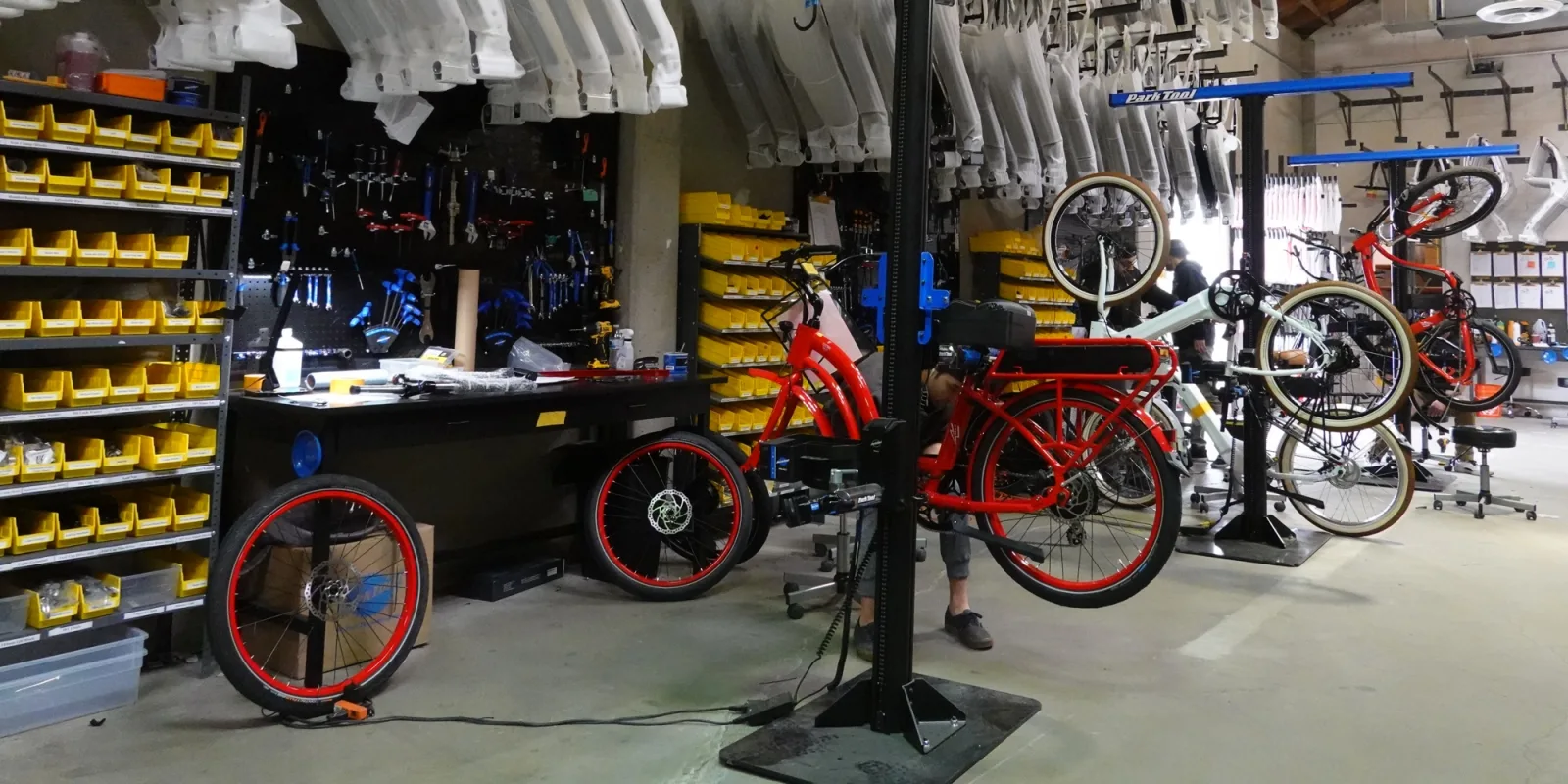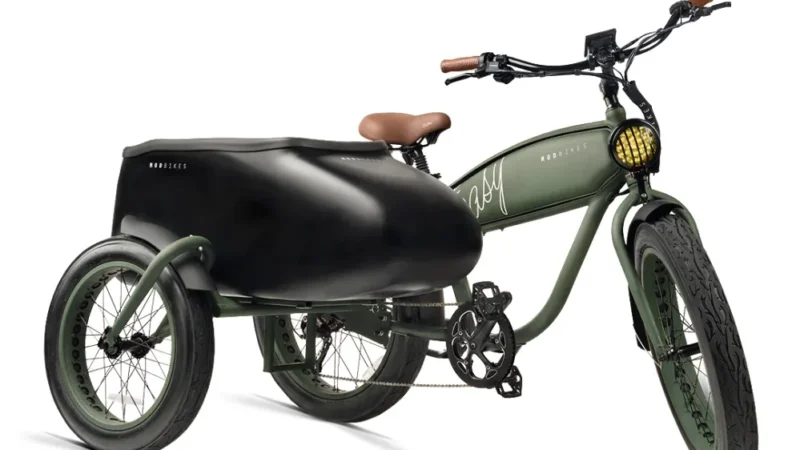In recent years, e-bikes, often known as electric bikes, have gained enormous popularity as reliable and sustainable modes of transportation. Through the use of an electric motor in addition to traditional pedal power, these cutting-edge machines improve the riding experience for users. In this article, we’ll explore the inner workings of electric motorcycles and look at the key components and technology that make them functional. Electric bikes, or e-bikes, are bicycles with an electric motor and a battery. These components help the cyclist and make cycling easier and more efficient. Following is a description of how electric bikes work:
Understanding how electric bikes are operated is necessary to comprehend how well they work. The normal operation of an e-bike is described as follows:
Electric bikes require the rider
It helps to activate the power system by turning it on. This is often done by activating the battery or hitting a controller button. Electric bikes typically feature a number of power modes or levels of assistance. These options regulate how much assistance the motor provides the rider. In some modes, the aid levels can be low or high, making pedaling easier. Some e-bikes have a throttle that allows the rider to start the motor without peddling. You can find your TST Dreamer 26 at hovsco.
Motor assistant
Assisting the rider’s pedaling efforts, the electric motor turns on and drives the wheels. By modifying the motor’s help throughout a variety of settings, riders have the choice of choosing the desired level of assistance based on their preferences or the terrain they are traveling over.
Regenerative braking systems are available on certain electric bicycles but are not standard. When the rider applies the brakes, the engine shifts into reverse, converting the kinetic energy of the motorcycle into electrical energy and storing it in the battery. With the help of this feature, the overall range of the e-bike can be enhanced. Some e-bikes have regenerative braking, which uses the motor as a generator to convert the kinetic energy created during braking back into electricity. The e-bike’s overall range can be extended, and the battery can be recharged thanks to the energy that is stored in the battery.
Pedal Support:
The controller receives a signal from the pedal-assist sensor when the rider starts to pedal. Based on the input received, the controller determines the level of assistance required and tells the electric motor to give power accordingly. The most frequent type is pedelecs, often known as pedal-assist e-bikes.
When the rider starts pedaling, the pedal-assist sensor detects motion and tells the motor to assist. The engine amplifies the rider’s pedaling power, making it easier to ride uphill, against headwinds, or over long distances. The degree of assistance can vary depending on the power mode selected and the sensitivity of the sensor.
Components of an electric bike:
A number of crucial parts enable an electric bike’s effortless and smooth ride. These components include:
The electric motor
The electric motor is the heart of an e-bike. It is typically attached to the wheel hub or incorporated into the bike’s frame. The motor provides additional power to assist the rider while they pedal. The two most common motor types used in e-bikes are hub motors, which are located in the hubs of the front or back wheels, and mid-drive motors, which are located close to the bike’s cranks. The electric motor is often housed in the hub of either the front or the rear wheel. Electric bikes can occasionally be equipped with mid-drive motors, which are often located at the bottom bracket where the pedals are.
Controller
The electric bike’s controller acts as its brain, controlling the amount of electricity sent from the battery to the engine. It adapts the motor’s assistance based on feedback from the rider. The controller may additionally include a display that provides information such as speed, distance, and battery life. An e-bike’s control system is composed of a variety of components, such as a display, a controller, and sensors. The display allows the rider to monitor information such as battery life, speed, and help level. The controller regulates the amount of electricity sent from the battery to the motor.
Sensors
They are crucial for determining when and how much assistance the motor provides. The most common type of sensor found in e-bikes is the pedal-assist sensor (PAS). PAS measures the rider’s pedaling force and cadence to ensure that the motor provides assistance commensurate with the effort. Some e-bikes may also be equipped with sensors that may gauge wheel rotation, speed, or torque. A sensor, such as a pedal-assist sensor or a torque sensor, detects the rider’s input and adjusts the level of assistance accordingly.
Battery:
The battery is in charge of supplying and storing energy to the electric motor. The battery, which is frequently attached to the bicycle’s frame, may be removable or integrated. Lithium-ion batteries are often used in e-bikes because of their high energy density, lightweight, and long lifespan. E-bikes are powered by a rechargeable battery pack, which frequently has lithium-ion cells. The battery is generally kept in a lockable and detachable container and is typically mounted on the frame. It provides the necessary electrical power to run the motor.
Conclusion:
Electric bikes have transformed urban commuting and recreational cycling as a useful and environmentally friendly alternative to traditional bicycles. Electric motors, batteries, controllers, and sensors are all included in e-bikes to provide users with a smooth and comfortable cycling experience. As technology advances, electric motorcycles become more and more efficient, offering longer ranges, longer battery lifespan, and improved motor performance. Due to their many benefits, electric bikes are well-positioned to have a significant impact on the future of sustainable mobility. It’s important to keep in mind that the particular way in which electric bikes operate can vary depending on the brand and model. The motor configurations, battery capacities, control structures, and other elements of distinct e-bikes may differ.





Recent Comments